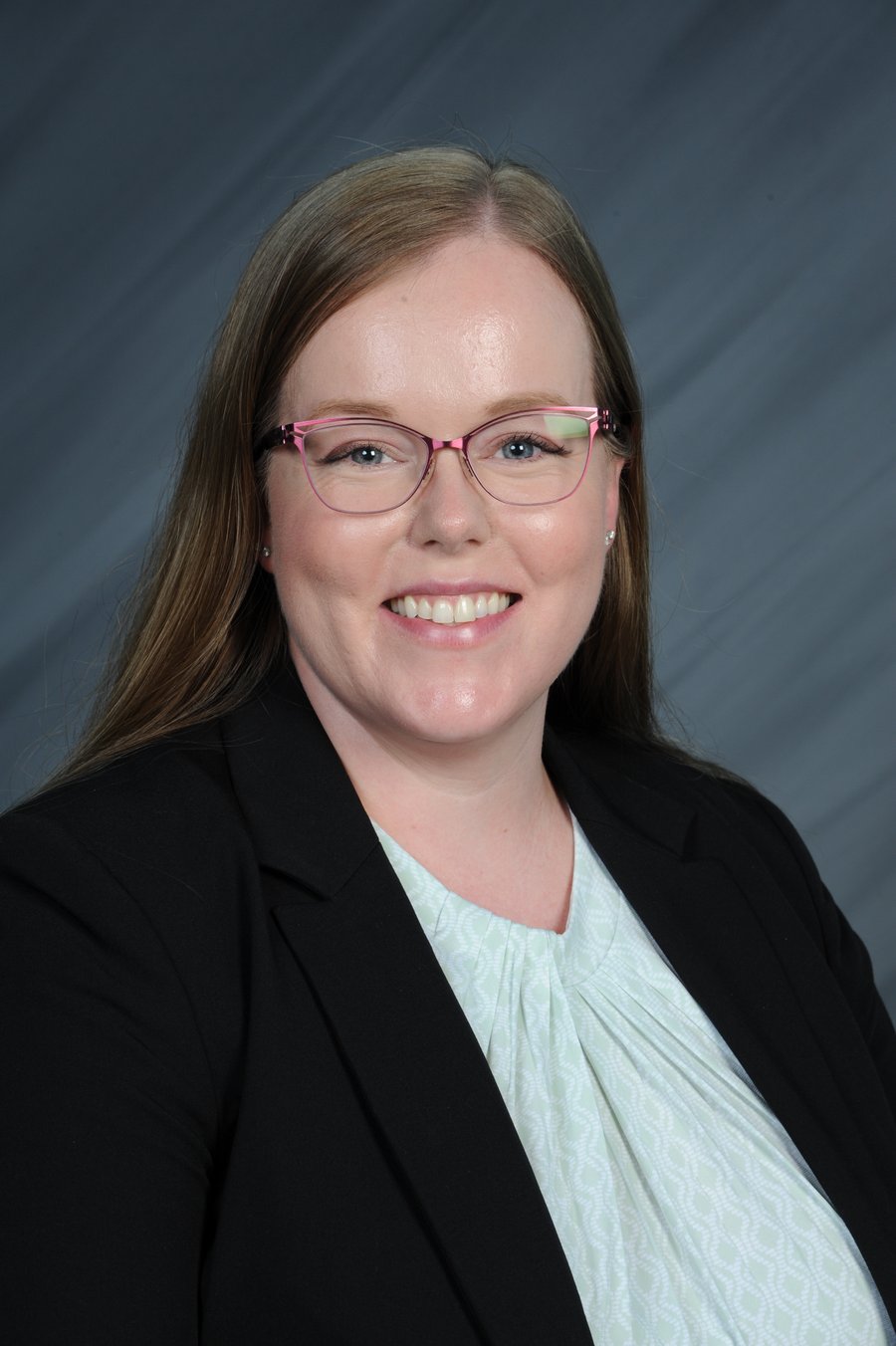
October is Breast Cancer Awareness Month, so there is no better time to talk about the most common cancer in American women (except skin cancer).
In the US, 1 in 8 women will be diagnosed with breast cancer in their lifetime and breast cancer is the 2nd most common cause of cancer-related deaths. Because it is so common, understanding your risk and the signs and symptoms of breast cancer can help lead to early detection and treatment. 2/3 of breast cancers are diagnosed at a localized stage, meaning the cancer has not spread outside of the breast. When treated at this stage, the 5-year relative survival rate is 99%. So, how can you maintain a strong sense of awareness of your breast health?
- Understand your risk. Start by talking to both sides of your family to learn about your family health history and then talk to your doctor.
- Understand the screening recommendations, which depend on your risk. Per the American Cancer Society, women with average risk can start getting screening mammograms (low dose X-rays of the breasts) every year at age 40, should get them yearly at age 45, and can transition to every other year at age 55. Those at higher risk for breast cancer, including those with a personal history of it, a close family history of it, or a genetic mutation known to increase breast cancer risk, will need more frequent screening.
- Know what is normal for you. Although self-breast exams have not been shown to help detect breast cancer early when also getting screening mammograms, women should be familiar with how their breasts normally look and feel and should see their health care providers if they notice any changes. These changes can include:
-
- Lumps, hard knots or thickening of the breast or underarm
- Swelling, warmth, redness or color change of the breast
- Change in size or shape of the breast
- Dimpling or puckering of the skin anywhere on the breast
- Scales, sores or rashes on the nipple
- Nipple discharge that starts suddenly
- New pain in one spot on the breast that doesn’t go away
Although uncommon, men can also develop breast cancer and should report any changes, including those mentioned above, to their health care provider.
- Make healthy lifestyle choices. These can help lower your risk of developing breast cancer. Maintaining a healthy weight, exercising regularly, limiting alcohol intake, limiting hormone use after menopause, and breastfeeding are all things you can do to help lower your risk.
There are over 4 million breast cancer survivors in the United States. Why? Because it is very treatable when caught early. If you have a concern, do not hesitate to make an appointment to speak with your health care provider because the best protection is early detection.
Emily Sheehy, M.D. is a resident physician who sees patients of all ages and provides obstetrical services at Lone Star Family Health Center, a non-profit 501©3 Federally Qualified Health Center operating facilities in Conroe, Spring, Willis, and Grangerland, and serving as home to a fully integrated Family Medicine Residency Program to increase the number of Family Medicine physicians for Texas and our community.

-1.jpg?width=500&name=Abraham%202%20(1)-1.jpg)
.jpg?width=500&name=Australia%20Clark%20M.D_%20(002).jpg)
